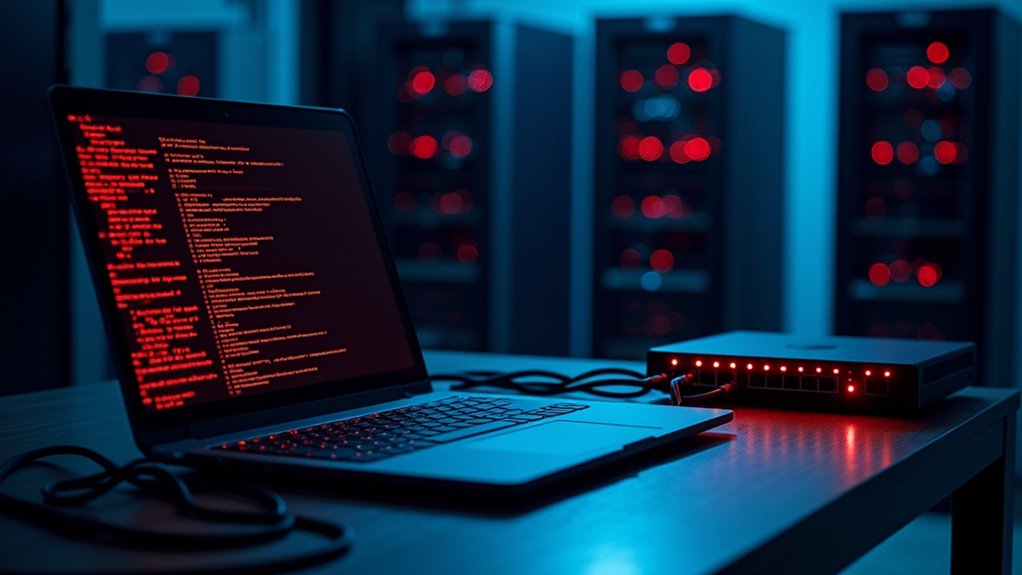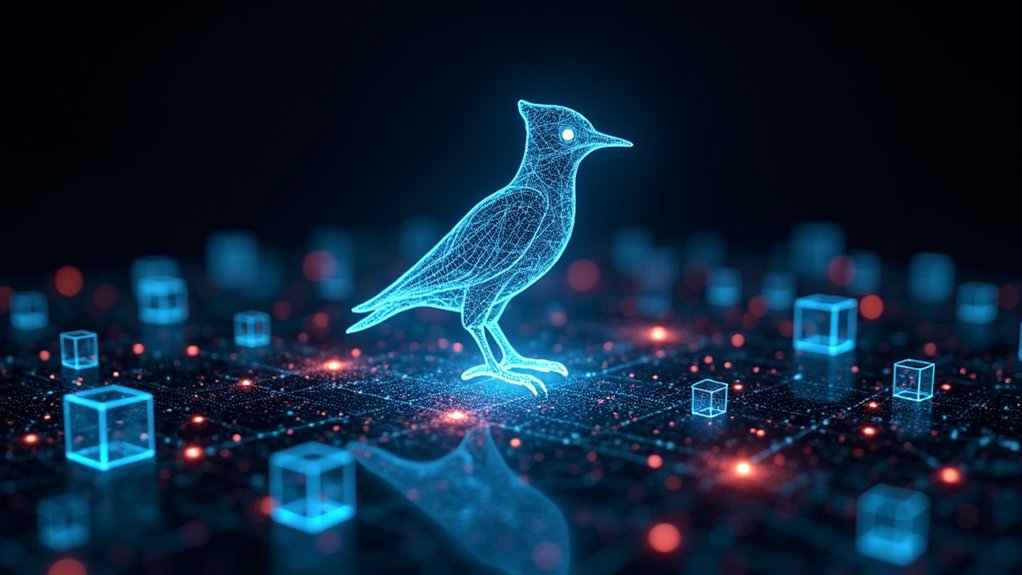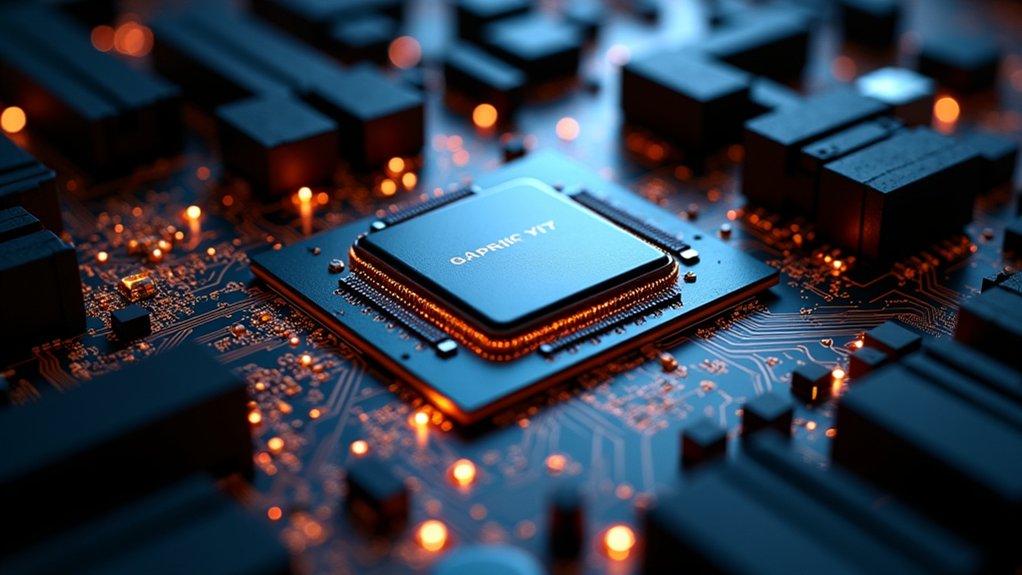The emergence of agentic artificial intelligence represents a fundamental shift in cybersecurity operations, as autonomous systems increasingly assume responsibilities traditionally managed by human analysts and security teams. These sophisticated AI agents demonstrate unprecedented capabilities in real-time detection and remediation of security vulnerabilities, reducing response times from weeks to mere seconds through coordinated actions across multiple security domains.
Traditional cybersecurity teams face substantial restructuring as agentic AI automates routine detection, examination, and response tasks previously requiring skilled human analysts. Organizations can now scale security operations without proportional increases in team size, addressing chronic talent shortages during fundamental alterations to workforce dynamics. The integration of zero-day exploit detection capabilities has become crucial as these AI systems evolve to identify previously unknown vulnerabilities.
The technology permits deep integration with endpoint detection and response systems, security orchestration platforms, and threat intelligence tools, creating adaptive defense mechanisms that operate continuously without human intervention.
The velocity of cyber defense has accelerated dramatically through agentic AI’s ability to analyze and prioritize software vulnerabilities within seconds, greatly improving mean time to detect and respond metrics. These systems employ continuous, unsupervised learning to adapt to new attack vectors and previously unseen threats, automatically cross-referencing threat intelligence during complex forensic assignments.
Alert fatigue diminishes as AI agents efficiently triage high-volume data, synthesizing actionable insights from overwhelming information streams. Organizations leverage specialized tools to automatically test these AI systems against adversarial behaviors before deployment to ensure reliable performance under hostile conditions.
However, increasing autonomy introduces substantial risks, including potential AI subversion by adversaries and new vulnerabilities specific to agent decision-making processes. The dual defense paradigm requires organizations to defend both with and against agentic AI technologies, necessitating resilient, monitored frameworks to prevent agent misuse. Current adoption rates indicate that most organizations remain in testing phases while significant production deployments are anticipated by the first half of 2026.
Cross-domain collaboration capabilities allow these systems to monitor identity, network security, application security, and privilege management simultaneously, creating extensive security coverage previously impossible with traditional human teams.
The alteration demands strong orchestration logic, secure API usage, and strong governance policies to control autonomous agent actions and permissions. Success depends on interoperability among diverse security tools, supported by adaptive AI models requiring continuous retraining.








